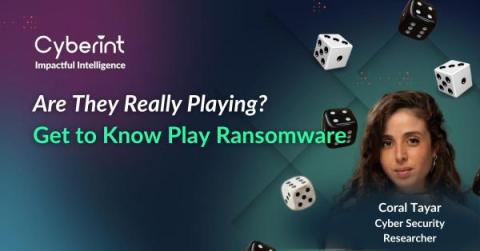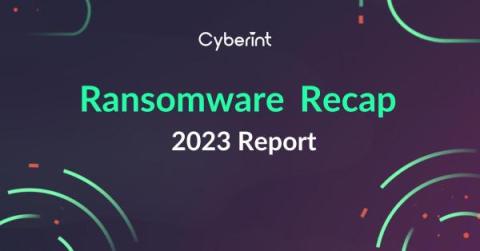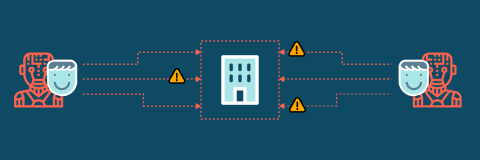Security | Threat Detection | Cyberattacks | DevSecOps | Compliance
Latest News
Ransomware Trends Q4 2023 Report
Protecting your business against impersonation attacks
Companies grow through mergers and acquisitions. Marketing teams promote new products. New products spawn new web domains. As brand names, URLs, and cloud IT infrastructure proliferate, so do enterprises’ vulnerability to online attacks. At the same time, security professionals working with limited resources find it increasingly challenging to maintain oversight of their online assets.
How to save, share, and manage passkeys using 1Password
You can save all sorts of sensitive information in 1Password including your usernames and passwords, addresses, credit cards, and medical records. It’s also a safe and convenient place to store your passkeys – a new type of login credential that lets you sign in to accounts with unmatched security and convenience.
How To Get Your Salesforce Org Ready For GDPR Compliance
In a mature Salesforce Org with hundreds of thousands of records, it might be difficult to know where to start on GDPR compliance. In this post, we’ll cover the steps you need to take to get your Salesforce Org GDPR compliant.
How to Manage 'Execute as Admin' Workflows in NetSuite
Last week, in response to an increasing number of questions from our NetSuite customers, we showed you how to manage scripts that execute in the Administrator role. One thing it didn’t cover, however, was workflows that execute as Administrator. The process for resolving this with Netwrix Strongpoint or Flashlight is similar — but there are some additional considerations that merit discussion in this post, particularly if you want to avoid material deficiencies on audit.
A 'Deep Clean' for Your Org: Salesforce Data Cleansing and Metadata Cleanup
As your business grows, so will your Org. And while a highly customized Salesforce Org reflects a booming business, there’s a critical difference between necessary complexity and technical debt. In the spirit of spring cleaning, we wanted to share two strategies for reducing technical debt: Salesforce data cleansing, and cleaning up unnecessary customizations and metadata in your Org. Both go hand-in-hand in improving usability and adoption.
Dirty Data and Technical Debt: How to Clean Up NetSuite
As you work in NetSuite and evolve your account over time, you’re going to accumulate some baggage. Typically, this baggage will come in two forms: ‘dirty’ data housed in the system, and obsolete metadata (system customizations), aka technical debt. Though these are two separate issues, they’re closely related — getting rid of technical debt will make your NetSuite account easier to use, which will improve the overall quality of the data within it.
Critical Apache OFBiz Zero-day AuthBiz (CVE-2023-49070 and CVE-2023-51467)
Implementing AI: Balancing Business Objectives and Security Requirements
Artificial Intelligence (AI) and machine learning have become integral tools for organizations across various industries. However, the successful adoption of these technologies requires a careful balance between business objectives and security requirements.










